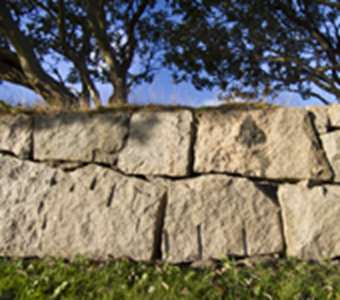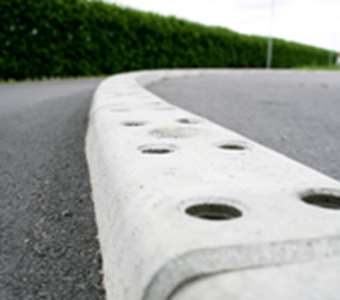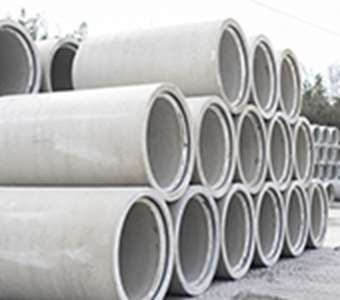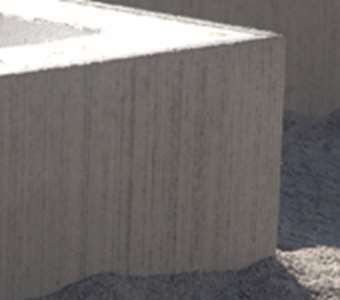Our range of pinned kerbing comprises several different variants and solutions. To give a better idea of what the various models can be used for, we give some details below. We hope they will make it easier for you to choose.
With radiuses from 0.5 m up to 15 mm, our kerbing is available for both inner (concave) and outer (convex) curves. Connectors and terminators are available in both right-handed and left-handed formats. “Inner curve”, “outer curve”, “right” and “left” are always from the perspective of someone standing in the middle of the road and looking towards the kerb.
Type A
Normally used for parking places or in streets with little traffic and low speed limits, e.g. residential areas (detached and terraced homes).
Type B
Used along roads with more traffic (and thus requiring slightly more de-icing), e.g. through routes and built-up areas.
Type C
Simple kerbing that is suitable for use in parks and gardens and along pedestrian/cycle routes.
Type D
Used along routes that, having heavy traffic, require a lot of de-icing. Main roads provide one example.
Type F
Our highest kerbing – used along streets and roads that, having heavy traffic, require severe de-icing, etc.
Type H
A “high-speed” kerbing used on roads with high speed limits, e.g. carriageways. The top surfacing of asphalt is always laid against the kerbing to give a soft edge and kerbing with no de-icing properties.
Our wide range of transition and drop kerbing meets most needs. These kerbing types are also available in concave and convex formats with connecting pieces for use with the products in the rest of our kerbing range. We also offer solutions for using our kerbing with any of our paving stones or slabs. Instead of the standard lips, corrugated joint fasteners (present on kerbing types R and T) are used in these cases.
Type R
Kerbing with a gentle rake that is highly suitable in, for example, the approach to a garage.
Type S
This has the same function as type R, but has a different profile.
Type T
This kerbing is ideal where a pedestrian way crosses a street or where there is any other similar crossing point. For the visually impaired, its straight front face gives clear indication of where the pedestrian way begins and ends.
Type U
This model has the same function as type T, but has a gentler transition. Nonetheless, it still presents an obstacle to vehicular traffic.

























